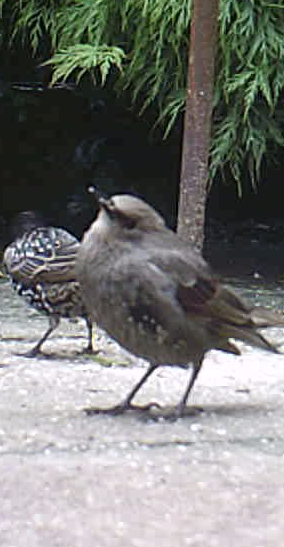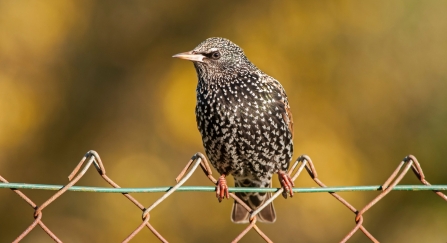Starlings are one of the most common birds in our gardens, neighbourhoods and city centres. They can be controversial: reviled by some people, with even some bird lovers feeling ambivalent towards their boisterous antics.
It was after we put the new bird feeder up that the raucous gang conspicuously took over their new territory. My first reaction when the local flock descended was, ”What hoodlums!”, with their loud exuberant chatter and gobbling up of the food on offer. The gang’s behaviour warranted an ASBO. However, the following spring, with the arrival of the newly fledged starlings, I started seeing the true nature of this highly social and intelligent bird.






